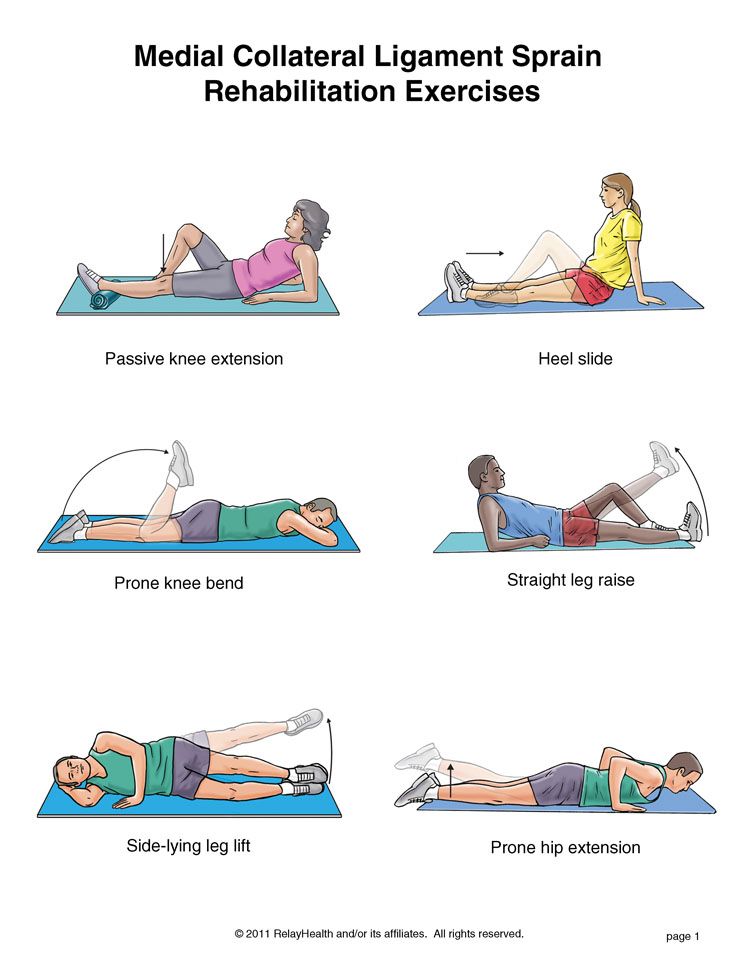12 Best Toothpaste Tartar Control Tips For Whitening

Tartar control is an essential aspect of oral hygiene, and when combined with whitening, it can significantly improve the overall appearance and health of your teeth. Tartar, a hardened plaque, can lead to various dental issues if not addressed properly, including discoloration, sensitivity, and even gum disease. Here, we will delve into the 12 best toothpaste tartar control tips for whitening, exploring not only the most effective products but also practices and natural remedies that can help you achieve a brighter, healthier smile.
1. Choose the Right Toothpaste
When it comes to tartar control and whitening, not all toothpastes are created equal. Look for a toothpaste that carries the American Dental Association (ADA) Seal of Acceptance, which indicates that the product has met certain standards for safety and effectiveness. Additionally, opt for toothpastes containing ingredients like sodium bicarbonate, which helps in removing plaque and surface stains, and pyrophosphates, which can help prevent tartar buildup.
2. Understand Your Teeth
Before selecting any toothpaste or starting a new oral care routine, it’s crucial to understand your teeth. If you have sensitive teeth, look for toothpastes specifically designed for sensitivity that also offer tartar control and whitening benefits. Some toothpastes are formulated for specific dental needs, so choosing the right one can make a significant difference.
3. Brushing Technique Matters
The way you brush your teeth can significantly impact tartar control and whitening. Use a soft-bristled toothbrush and brush in small circular motions. Pay special attention to areas where the teeth and gums meet. Brushing too hard can damage gums and not remove tartar effectively, while brushing too softly may not remove all the plaque.
4. Frequency and Duration
Brushing your teeth at least twice a day is recommended, but for optimal tartar control and whitening, consider brushing after every meal, especially if you have consumed foods or drinks known to stain teeth or contribute to tartar buildup. However, be gentle and avoid over-brushing, which can lead to enamel erosion.
5. Interdental Care
Tartar can also build up between teeth, which is why interdental care is essential. Use dental floss or an interdental brush once a day to clean between your teeth. This not only helps in tartar control but also prevents the buildup of plaque in hard-to-reach areas.
6. Mouthwash for Additional Protection
Using a mouthwash can provide additional protection against tartar and help in whitening. Look for a mouthwash that contains ingredients like chlorine dioxide, which helps break down and remove stains. Swish the mouthwash around your mouth for the recommended time before spitting it out.
7. Professional Cleanings
No matter how well you care for your teeth, professional cleanings are essential for removing tartar that has hardened on your teeth. Dentists or hygienists use special tools to remove tartar both above and below the gum line, which is crucial for preventing gum diseases and keeping your teeth white.
8. Dietary Changes
What you eat and drink can significantly impact the buildup of tartar and the whiteness of your teeth. Foods and beverages that are high in sugar, acid, or are intensely colored (like coffee, tea, and red wine) can contribute to tartar buildup and staining. Limiting these or using a straw when consuming colored beverages can help.
9. Natural Remedies
Some natural remedies can help with tartar control and whitening. For instance, brushing with baking soda and water can help remove surface stains. Oil pulling with coconut oil may also help in reducing plaque and whitening teeth, though its effectiveness for tartar control is less documented.
10. Avoid Tobacco
Tobacco, whether smoked or chewed, is a significant contributor to tartar buildup, staining, and oral health issues. Quitting tobacco can greatly improve the health and appearance of your teeth.
11. Regularly Replace Your Toothbrush
If you’re using a manual toothbrush, replace it every three to four months or sooner if the bristles become frayed. For electric toothbrushes, replace the head as recommended by the manufacturer. A new toothbrush can remove plaque and tartar more effectively than a worn one.
12. Monitor Progress
Finally, monitor the progress of your tartar control and whitening efforts. Take photos of your teeth at the beginning of your new oral care routine and at regular intervals afterward. This visual record can help motivate you and provide a clear indication of the effectiveness of your chosen methods and products.
FAQ Section
What ingredients should I look for in a toothpaste for tartar control and whitening?
+For tartar control and whitening, look for ingredients like sodium bicarbonate, which helps remove surface stains, and pyrophosphates, which prevent tartar buildup. Additionally, consider toothpastes with the ADA Seal of Acceptance for assured safety and effectiveness.
How often should I visit my dentist for professional cleanings?
+It's generally recommended to visit your dentist for a check-up and professional cleaning every six months. However, depending on your oral health and susceptibility to tartar buildup, your dentist may recommend more frequent visits.
Can natural remedies like baking soda and oil pulling replace regular toothpaste and mouthwash?
+While natural remedies like baking soda and oil pulling can be beneficial for oral health and whitening, they should not replace regular toothpaste and mouthwash. These remedies can be used in addition to your regular oral care routine for enhanced benefits.
How long does it take to see results from using a tartar control and whitening toothpaste?
+Results from using a tartar control and whitening toothpaste can vary depending on the individual's oral health, the severity of tartar buildup and staining, and the consistency of the oral care routine. Some may see improvements within a few weeks, while for others, it may take a few months.
Are there any side effects from using tartar control and whitening toothpastes?
+Generally, tartar control and whitening toothpastes are safe when used as directed. However, some individuals may experience sensitivity, especially if they have gums that are already sensitive or if they use a whitening product too frequently. Always follow the product's instructions and consult your dentist if you experience any side effects.
Can I use tartar control and whitening products if I have dental work like fillings or crowns?
+It's generally safe to use tartar control and whitening products with dental work like fillings or crowns. However, the effectiveness of the whitening ingredient may vary on the dental work itself. It's always best to consult with your dentist before starting any new oral care product, especially if you have extensive dental work, to get personalized advice.
In conclusion, maintaining a diligent oral care routine that includes the right toothpaste, proper brushing technique, regular dental visits, and a healthy diet can significantly improve tartar control and the whiteness of your teeth. Remember, every individual’s oral health needs are unique, so it might take some trial and error to find the perfect combination of products and practices that work best for you. By combining these strategies and staying consistent, you can achieve a healthier, brighter smile.

